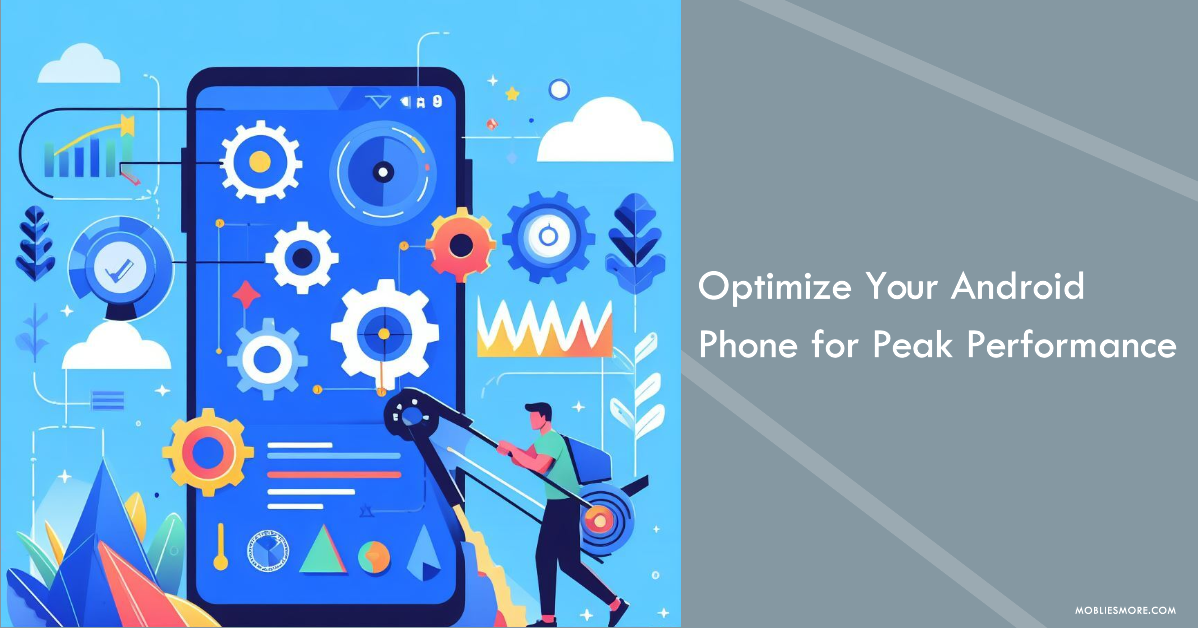In today’s fast-paced digital world, our smartphones have become extensions of ourselves. Android phones, with their vast customization options and extensive capabilities, have risen to the top of the smartphone hierarchy. However, as we load them with apps, photos, videos, and more, their performance can start to lag. The good news is that you don’t have to settle for sluggishness – optimizing your Android phone can give it a new lease on life. Here are 7 effective ways to optimize your Android phone for peak performance.
Update Your Software Regularly:
One of the simplest yet most overlooked ways to optimize your Android device is to ensure it’s running the latest software version. Android updates often include bug fixes, security patches, and performance improvements that can significantly boost your phone’s speed and stability.
Uninstall Unused Apps:
Over time, many of us accumulate a plethora of apps that we hardly use. These apps take up valuable space and can slow down your device. Take a few moments to go through your apps and uninstall the ones you no longer need. This will free up storage space and potentially improve your phone’s performance.
Clear Cached Data:
Cached data from apps can accumulate and clog up your device’s storage, leading to decreased performance. Navigate to the “Storage” section in your phone’s settings and clear cached data from apps. This can make your phone feel faster and more responsive.
Manage Background Processes:
Background processes and apps running in the background can consume valuable system resources. Go through your settings and restrict background processes for apps that don’t need constant access. This will help your phone allocate more resources to the tasks you’re actively using.
Optimize Display Settings:
Your phone’s display is a power-hungry component. Adjusting your display settings can have a positive impact on both performance and battery life. Consider reducing screen brightness, shortening the screen timeout duration, and using dark mode whenever possible.
Use Lightweight Apps:
Some apps have resource-intensive alternatives, but there are often lightweight versions available that provide the core functionality without the heavy footprint. For example, Facebook Lite and Twitter Lite are designed to use fewer resources while offering similar features to their full-fledged counterparts.
Regularly Restart Your Phone:
Restarting your phone can help clear out temporary files and refresh the system. Over time, your device’s memory can become fragmented, leading to slower performance. Restarting your phone on a regular basis can help alleviate this issue.
Bonus Tip: Consider Factory Resetting: If your Android phone is still sluggish despite trying these optimizations, a last resort could be performing a factory reset. Make sure to back up your important data before doing this, as a factory reset will wipe your phone clean and restore it to its original state. While this can be a time-consuming process, it can effectively eliminate any software-related issues causing performance problems.
In conclusion, your Android phone’s performance doesn’t have to decline over time. By following these 7 effective optimization strategies, you can breathe new life into your device and experience the speed and responsiveness you enjoyed when it was new. Remember, regular maintenance and mindful app usage are key to keeping your phone running smoothly. With a little effort, you can enjoy the full potential of your Android phone for years to come.

